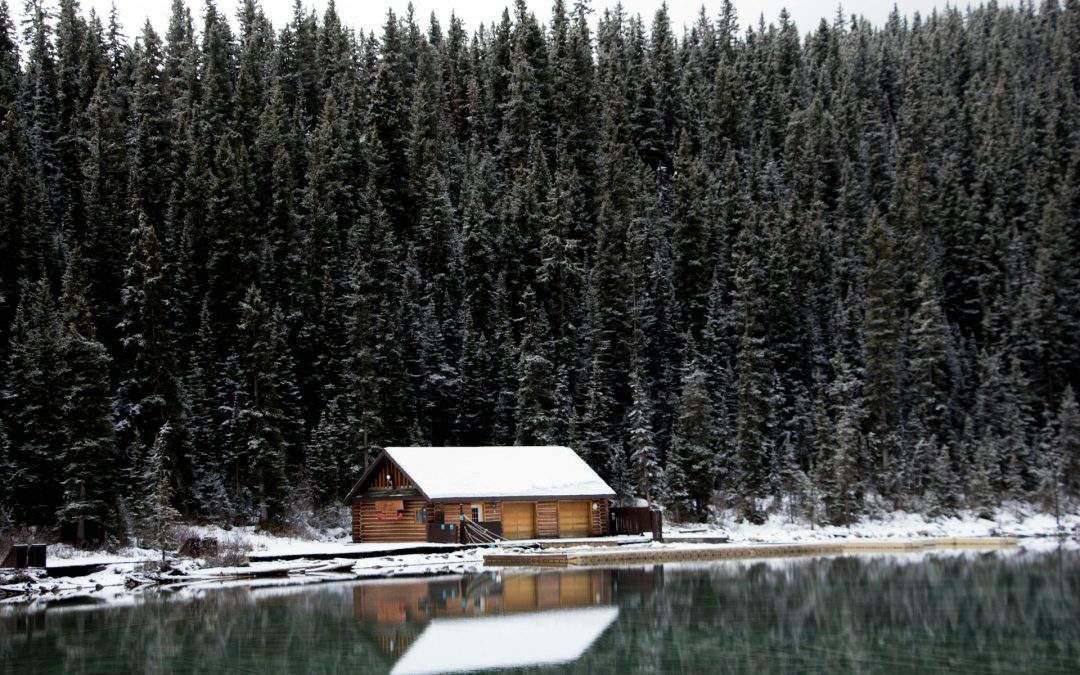Winter weather can be tough on your roof. Snow, ice, and freezing temperatures put added stress on roofing materials, leading to leaks and other problems if not properly prepared. To protect your home, it’s essential to take steps now to winter-proof your roof. With a few careful measures, you can ensure your roof stands up to the harsh winter months. Let’s explore some effective ways to get your roof ready for the cold months ahead.
Assess and Repair Your Roof Before Winter
Before winter arrives, assess your roof for any signs of damage. Start by inspecting the roof from the ground with binoculars. Look for missing, curled, or damaged shingles. These can allow water to seep into your home, leading to costly repairs later. Check for any signs of wear around chimneys, vents, and skylights, as these areas can be vulnerable to leaks.
It’s also a good idea to head up to the attic to inspect for any signs of water damage or light peeking through the roof. Water stains or dampness inside the attic can be a clear indicator of leaks. Additionally, check for any signs of mold or mildew, which can thrive in damp environments.
After identifying issues, it’s crucial to repair them promptly. Replace missing or damaged shingles and ensure that all flashing around roof penetrations is secure. Repairing minor problems now can prevent bigger issues when winter weather hits. If the roof damage appears extensive, consider hiring a professional to perform a thorough inspection and necessary repairs.
Strengthen Insulation and Ventilation
Proper insulation and ventilation are key to maintaining a warm and dry home during winter. Start with checking your attic insulation. Insulation helps to keep the heat inside, lowering energy costs and keeping your home cozy. Make sure your attic has a sufficient layer of insulation, and look for any gaps or areas where it might be thin.
Ventilation is just as important. Good ventilation allows moist air to escape from the attic, preventing condensation that can lead to mold and mildew. Ensure that soffit vents and ridge vents are clear from obstructions. You can install additional soffit or roof vents to improve airflow if necessary.
By strengthening your insulation and ensuring adequate ventilation, you help your roof combat ice dams and reduce the risk of moisture build-up. This not only helps protect your roof but also improves the overall energy efficiency of your home, keeping winter at bay while saving on heating bills.
Keep Gutters Clean and Free of Debris
Clean gutters are essential for a healthy roof during winter. When gutters are clogged with leaves, twigs, and other debris, water can overflow and seep into the roof, causing damage and leaks. Regularly clean your gutters to ensure they are free of blockages. This is especially important before the first snowfall, to allow melted snow to drain properly.
To clean your gutters, use a sturdy ladder and gloves. Remove leaves and debris by hand or with a gutter scoop. After clearing the debris, use a hose to flush out any remaining dirt, ensuring that water flows freely through the downspouts. Consider installing gutter guards to keep debris from piling up, reducing the need for frequent cleaning.
Regular gutter maintenance not only protects your roof but also prevents water damage to your home’s siding and foundation. Clear gutters help direct rain and melted snow away from your home, reducing the risk of ice dams and keeping your roof in good condition throughout winter.
Prevent Ice Dams with Proper Measures
Ice dams are a common winter roofing problem. They form when heat from your home melts snow on the roof, which then refreezes at the roof’s edge, creating a dam. This can cause water to back up and leak into your home. To prevent ice dams, take proactive steps to ensure your roof stays clear of ice buildup.
One effective way to prevent ice dams is by maintaining good attic insulation and ventilation. Proper insulation keeps warm air inside your home, preventing it from melting snow on the roof. Good ventilation helps circulate air, reducing the chance of heat build-up under the roof.
Additionally, you can install heated cables along the edges of your roof to melt ice and prevent dams from forming. Another option is to use a roof rake to remove snow from the roof’s edge after each snowfall. This helps prevent heavy snow buildup that can lead to ice dams.
Conclusion
Winter-proofing your roof involves several key steps to ensure it withstands the cold, snow, and ice. From assessing and repairing damage to improving insulation and cleaning gutters, each measure plays a crucial role in maintaining the health of your roof. Proactive steps like preventing ice dams and ensuring proper ventilation can save you from costly repairs and stress during the winter months.
By taking these actions, you can protect your roof from winter’s harsh conditions, ensuring your home stays warm and dry. Investing time in roof maintenance before winter arrives helps prevent problems and gives peace of mind. A well-prepared roof means fewer worries and a more comfortable living environment for you and your family.
Ready to winter-proof your roof? Contact Mike Huddleston Roofing Systems today. Our preventative roof maintenance team will help you prepare your roof for winter, ensuring safety and comfort all season long.

